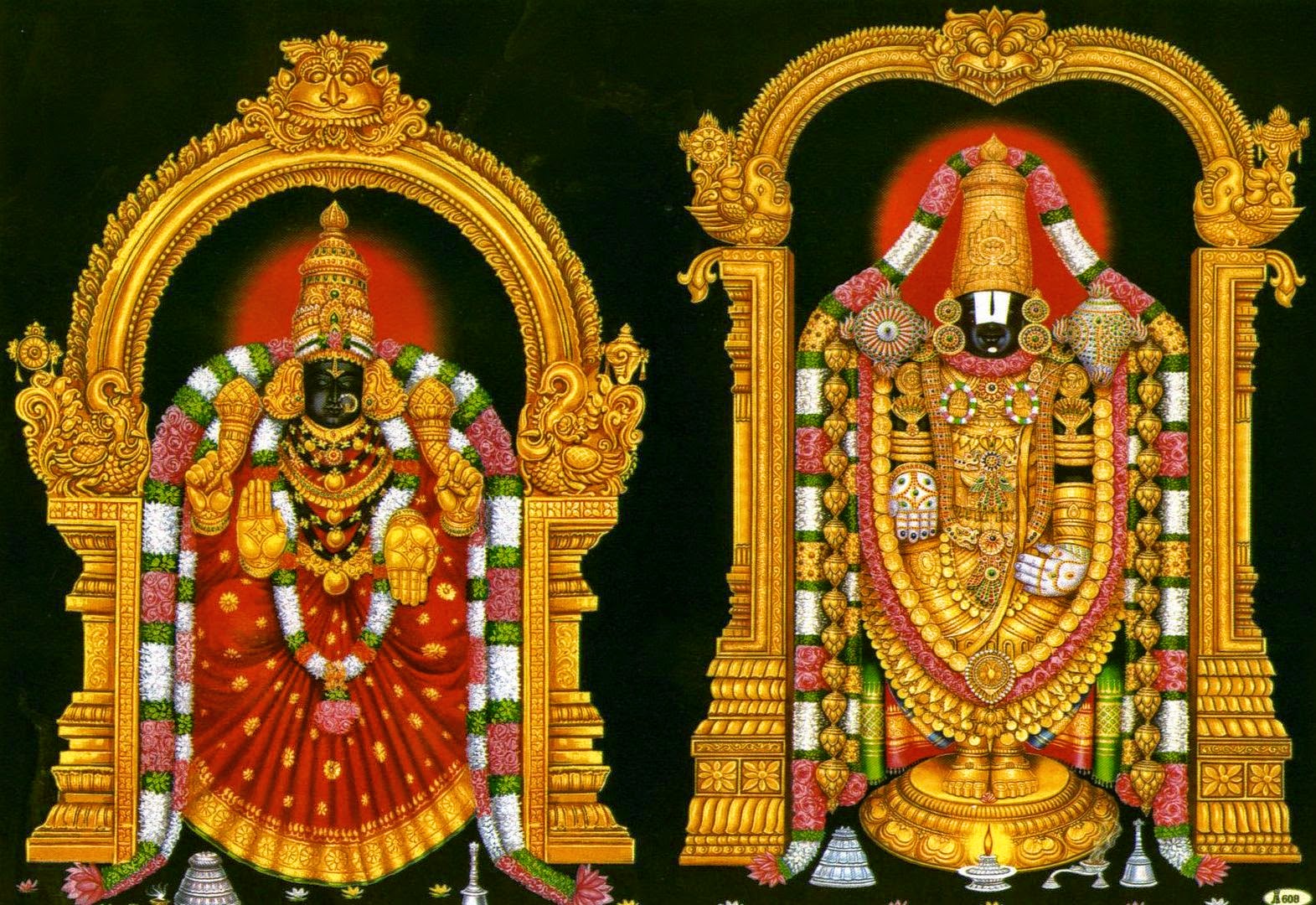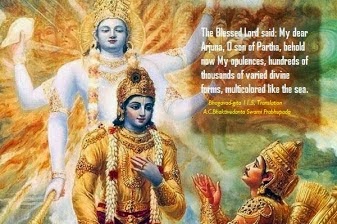The Relevance of the Bhagavadgita to Humanity 2.3 Swami Krishnananda.
================================================================================
Monday 11, Mar 2024 07:00.
The Relevance of the Bhagavadgita to Humanity
The First Six Chapters of the Bhagavadgita:
Chapter 2: The Sabha Parva of the Mahabharata-3.
================================================================================
The Pandavas and the Kauravas were happy children. Slowly they became unhappy children. What a wonder! Don't you believe that we slowly become more and more unhappy when we grow in age? Or are we going to be more and more happy? Let each one think of himself or herself. “I have been a daughter, I have been a son of so-and-so, I have come out from the womb of the mother, and I was a happy little child playing in the garden of the house. Now, am I more happy today than I was at that time due to my studies, due to my activities, due to my being busy with this or that occupation?” Let each one find out. “Am I more happy today than when I was a little child, or am I more unhappy?” You will not be able to have a clear answer to this question. You may say, “Yes, I don't think I am as happy as I was, but…” Now, that 'but' is a very crucial question. You would not like to be a baby merely because of the fact that babyhood is a happier state. Otherwise, who would like to grow up into the adult condition?
Immediately the potentiality to observe difference, which is also latent in every self-centred being, began to manifest. Difference is also a reality in one realm of the expression of the universe. We say the whole thing is unity, which may be true in one sense. At one stage, in one condition, from one point of view, it is a unity. But in another condition, from another point of view, from another angle of vision, it is all variety. So the potentiality that is capable of quick expression manifests itself first, like a disease that is ready to erupt at once, among many other kinds of illnesses that we may also be having. The unity which may be the basic fact of our nature does not manifest itself always, though it will manifest itself under conditions. But the conditions in which the empirical individual being lives do not permit the manifestation of unity, and what is capable of expression is that which is sanctioned by the atmosphere. Intense body-consciousness, intense sex-consciousness, intense family-consciousness, intense community-consciousness, and race-consciousness, colour-consciousness, economic conditions which differentiate people into princes and beggars – these are also capacities, characteristics, which we cannot easily forget. The son of a king will not forget that he is the son of a king. He will not say, “I am man like any other man.” He may be right in feeling that also. Certainly he is a man like any other man. Why should he not think like that? Why should he say, “I am the prince and he is a beggar”? Why should only this trait manifest itself in a person, and not the other one, which is also equally true? When it is true that the king and the beggar are both human beings, why is it that one does not feel this similarity, but feels only the difference? Why should we insist on the difference, and not on the similarity? What is the peculiarity in us which evokes only the trait of difference and not the character of uniformity?
This is because of the peculiar psychic level in which we operate at a particular time. We are not solid masses of metal. We are now concerned with the human personality more than any other living being. None of us is one heap, like a brick or a lump of iron or a nugget of gold. We are not such indivisible, solid matter. We are layers of compressed power, energy, potentiality and force. As a building is made up of little pieces, we are also constituted of little brickwork, an analysis of which has been dexterously conducted by ancient Indian philosophers particularly, right from the time of the Upanishads, the Taittiriya Upanishad, etc., where human personality has been analysed threadbare into the five koshas, five layers: the physical, the vital, the sensory and the mental, the intellectual, the causal, and the spiritual.
It is not easy for us to understand what these layers are, though we might have heard it repeated a hundred times. We seem to understand – yes, these are the layers, the sheaths, we say, koshas: annamaya, pranamaya, manomaya, vijnanamaya, anandamaya. And finally the Atman is there at the root and the base of every one of us, which is said to be commensurate, coextensive, co-eternal with all existence, and eternity itself. We are heirs apparent of this wondrous possibility also, but we are not always operating on this level.
*****
Continued
============================================================================









Comments